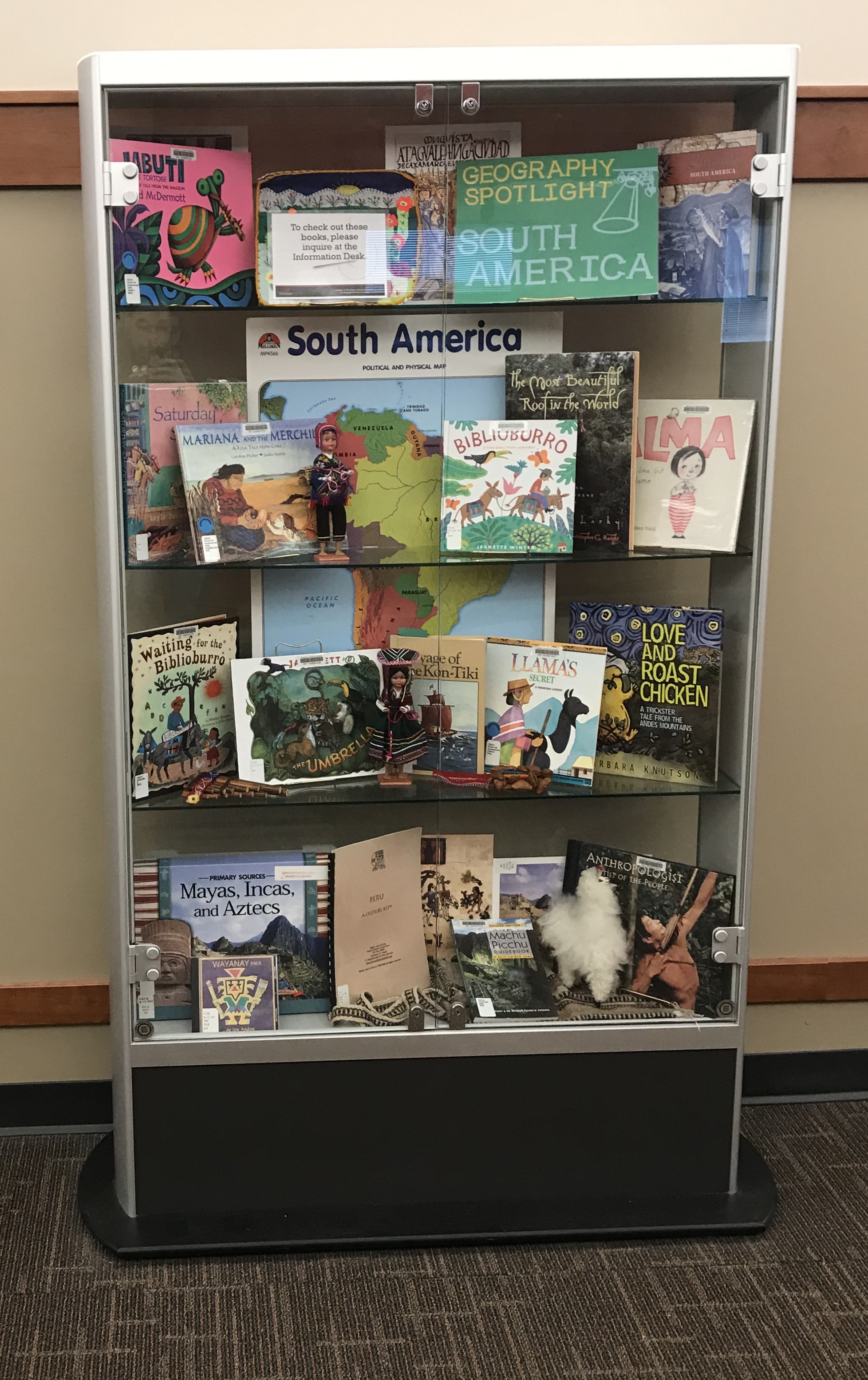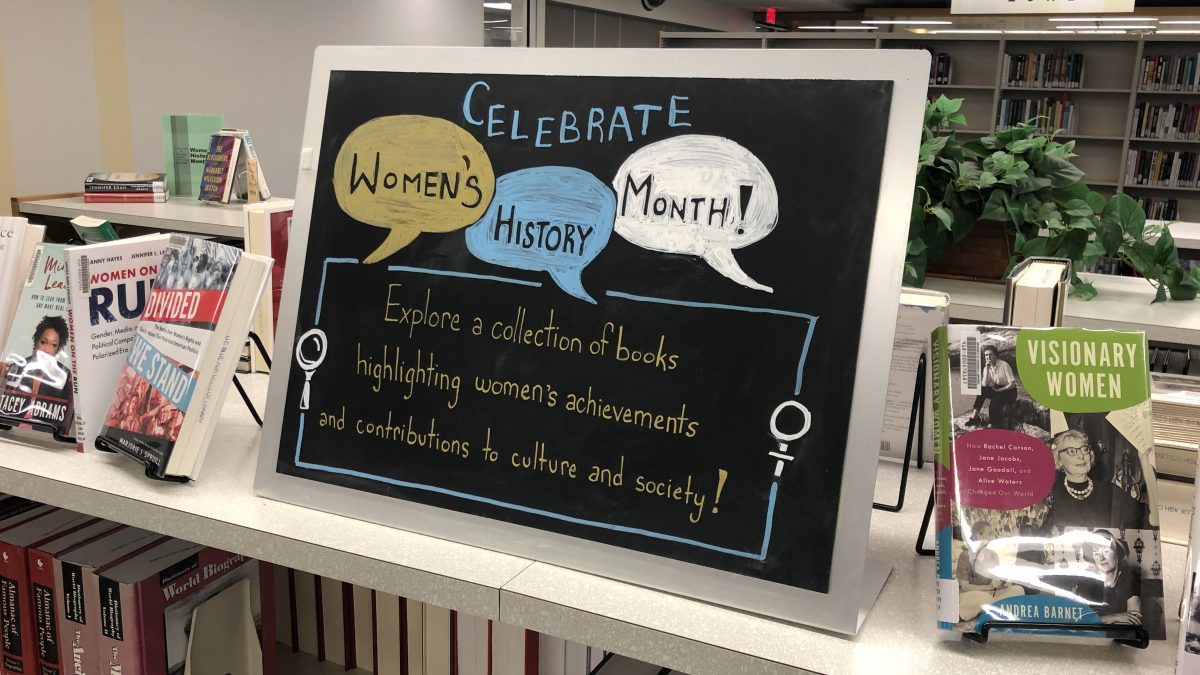Extended Spring Break 2020
Mar. 14-26
Monday – Friday 1pm – 5pm
Saturday-Sunday CLOSED
Due dates extended and Other library news
Library users are encouraged to keep library materials. Fines will not be incurred for UC, OhioLINK or Interlibrary Loan items.
For a complete and up-to-date list of library-related Covid-19 information visit the Library Covid-19 information page.
UC Libraries Information Regarding COVID-19 (novel coronavirus) available online
Effective Saturday, March 14, 2020, UC will suspend face-to-face instruction, lectures, discussion sessions, seminars and other similar classroom settings, and move to remote instruction. This includes face-to-face library instruction. Face-to-face instruction will resume Monday, April 13, 2020.
Library users are encouraged to keep library materials. Fines will not be incurred for UC, OhioLINK or Interlibrary Loan items.
The Libraries have created a web page to provide library service updates and links to online resources – https://libraries.uc.edu/about/covid-19.html.
For up-to-date university information regarding coronavirus – https://www.uc.edu/publichealth.html
Using the libraries from off campus:
Off Campus Access | View All Library Hours | Access My Library Record | Contact The Libraries |
New guide available–Teaching Online-Options for faculty
Geography Spotlight in Children’s Literature: South America
The CECH Library collections include many titles for children that dive into the history and culture of South America. In addition to books, there are also kits and maps that bring these topics to life!
Visit this display in the CECH Library through March and check out some of the titles on our list of books about South America.
Sara Polk, CECH Library Student Assistant
A&S Anthropology & Archaeology, 2020
Spring Break Hours for UCBA Library
The UCBA College Library will have the following hours during Spring Break:
Monday, March 16 – Thursday, March 19: 12:00pm – 5:00pm
Friday, March 20: 12:00pm – 4:00pm
Saturday, March 21 – Sunday, March 22: Closed
The Library will resume regular Spring Semester hours on Monday, March 23rd at 7:30am.
Please visit our hours webpage to view all UCBA Library hours, including holidays and any exceptions to our regular schedule.
Collection Spotlight: Language in Native American Children’s Literature
 The CECH Library’s Kretschmer Collection is home to many diverse subjects of Native American Children’s Literature, including native languages. There are books written in the Cherokee, Clallam, Hopi, Inuktitut, and Navajo languages for teaching and celebrating native languages with children. Titles include Haishą’ T’áá K’ad Dlǫ́ǫ́’ Silįį’? / Who Wants to Be a Prairie Dog?, a Navajo fairy tale written by Ann Nolan Clark, which is written in English and Navajo side-by-side; Iisaw Niqw Yöngösonhoya / Coyote and Little Turtle, a Hopi tale based on a story by Herschel Talashoema, edited by Emory Sekaquaptewa and Barbara Pepper, as well as illustrated by Hopi children, which presents the story with Hopi and English side-by-side and then gives lessons on translation; Otsaliheliga / We Are Grateful, by Traci Sorell, written in English with some Cherokee words given, along with their pronunciations; and Seya’s Song, by Ron Hirschi, written in English with some words of the Clallam language, native to the northwest, inserted into the story and explained at the end of the book in a glossary.
The CECH Library’s Kretschmer Collection is home to many diverse subjects of Native American Children’s Literature, including native languages. There are books written in the Cherokee, Clallam, Hopi, Inuktitut, and Navajo languages for teaching and celebrating native languages with children. Titles include Haishą’ T’áá K’ad Dlǫ́ǫ́’ Silįį’? / Who Wants to Be a Prairie Dog?, a Navajo fairy tale written by Ann Nolan Clark, which is written in English and Navajo side-by-side; Iisaw Niqw Yöngösonhoya / Coyote and Little Turtle, a Hopi tale based on a story by Herschel Talashoema, edited by Emory Sekaquaptewa and Barbara Pepper, as well as illustrated by Hopi children, which presents the story with Hopi and English side-by-side and then gives lessons on translation; Otsaliheliga / We Are Grateful, by Traci Sorell, written in English with some Cherokee words given, along with their pronunciations; and Seya’s Song, by Ron Hirschi, written in English with some words of the Clallam language, native to the northwest, inserted into the story and explained at the end of the book in a glossary.
These books encourage readers to understand the importance of native languages and the pride associated with them. In every book, language is intricately tied with culture, tradition, beauty, and art. You can explore the many brilliant books of the Kretschmer Collection on the third floor of the CECH Library, located in 300 Teachers-Dyer Complex.
Sara Polk, CECH Library Student Assistant
A&S Anthropology & Archaeology, 2020
Celebrating Women’s History Month
The UCBA Library is celebrating Women’s History Month and the amazing global contributions of women! This year’s displays (located in Reference area) showcase books covering a wide range of topics in the areas of journalism, science, art, business, politics, law, activism, education, technology, as well as social issues. There’s also a selection of recent fiction titles by women writers.
Stop by and borrow a book from the displays during the month of March! You can also browse the list of books on the Library Displays at UCBA online guide.
Additional Resources for Women’s History Month:
- #5WomenArtists 2020: Women Artists Changing the World
- History Channel
- Library of Congress
- NASA: Women of STEM
- National Museum of American History
- National Women’s History Museum
- National Women’s History Project
- TED: Talks on the Topic of Women
by Lauren Wahman
Access to Naxos Music Library new site restored – Mar. 4
The access problem to Naxos Music Library has been resolved.
Access to Naxos Music Library new site restored – Mar. 4
The access problem to Naxos Music Library has been resolved.



